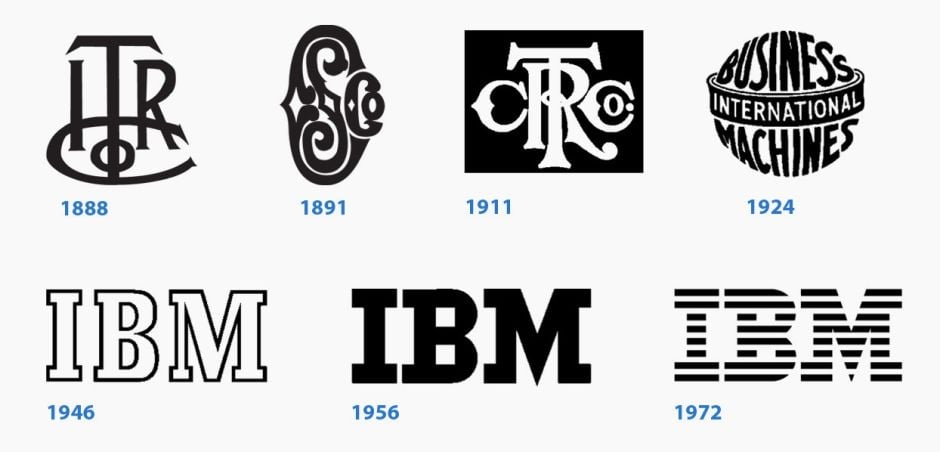Who is the Paul Rand ?
Paul Rand (1914–1996) was an American graphic dressmaker whose work forever converted the sector of layout. Known for his groundbreaking emblems and modernist philosophy, Rand’s have an impact on maintains to resonate throughout the innovative industry. His legacy is not just about the designs he created, however also approximately the concepts and ideas that redefined how design integrates with verbal exchange, commercial enterprise, and subculture.
Early Life and Formative Years
Paul Rand changed into born as Peretz Rosenbaum in Brooklyn, New York, on August 15, 1914. Raised in an Orthodox Jewish circle of relatives, Rand’s early publicity to art and design got here via his environment and herbal curiosity. Despite his expertise, his father did not see artwork as a feasible profession. To stability practicality and passion, Rand pursued education at institutions like Pratt Institute, Parsons School of Design, and the Art Students League of New York. However, he later expressed that formal education did little to form his layout philosophy. Instead, Rand drew notion from European modernists, which includes Le Corbusier, Jan Tschichold, and Bauhaus masters like Walter Gropius.
Breaking into the Design World
Rand’s career started out inside the 1930s while he labored as a part-time freelance fashion designer even as attending faculty. During this period, he honed his abilities in combining typography and imagery. His big spoil got here while he joined Esquire magazine as a format artist. Rand’s unique fashion quickly garnered attention, main to a function as artwork director for the William H. Weintraub advertising enterprise inside the Nineteen Forties. At Weintraub, Rand started out experimenting with integrating snap shots and textual content, growing ads that broke away from traditional norms. These designs had been ambitious, concise, and powerful, setting the degree for his future innovations.

The Modernist Approach
Paul Rand was deeply stimulated through the modernist motion, which emphasized feature, simplicity, and clarity. He followed a philosophy that “design isn’t just what it looks as if, but how it works.” This notion drove him to create paintings that blended creative flair with a clean motive. Rand’s designs were often geometric, colorful, and stripped of useless factors. He as soon as said, “Simplicity isn’t the goal. It is the derivative of an excellent idea and modest expectations.”
Revolutionizing Logo Design
Rand’s maximum enduring contribution to the layout world is his company emblem work. He transformed the way groups idea approximately branding, showing that trademarks could function both practical identifiers and artistic statements.
Some of his maximum iconic works include:
- IBM: Rand’s logo for IBM is a timeless masterpiece. The bold, striped letters not only communicate strength and stability but also reflect the company’s technological innovation.
- UPS: His 1961 redesign of the UPS logo introduced a minimalist shield design, symbolizing reliability and security.
- ABC: The simple lowercase letters within a perfect circle became synonymous with the American Broadcasting Company.
- Westinghouse: Rand’s clean and modern design for Westinghouse’s logo captured the company’s focus on innovation.

Rand’s trademarks had been not simply visually appealing; they had been designed with toughness and flexibility in mind. He understood that a brand needed to work across different media and scales at the same time as final memorable.
Design Philosophy: “Everything is Design”
Paul Rand’s philosophy may be summed up in his statement: “Everything is layout. Everything!” He believed that design was no longer limited to aesthetics however become indispensable to how people experience the sector. This concept became vital to his work, as he sought to mixture creativity with capability. Rand’s designs have been not simply decorations however hassle-fixing equipment. He emphasised the significance of readability, simplicity, and coherence in each undertaking.
Rand turned into additionally a proponent of the concept that layout must speak a tale. He believed that designers are storytellers, and their paintings should evoke feelings and bring that means. His designs frequently relied on symbolism, visible puns, and smart use of bad space to interact audiences.
Teaching and Writing
Beyond his commercial work, Paul Rand changed into a passionate educator and author. He taught at Yale University for over 30 years, in which he inspired generations of designers to assume seriously about their craft. His books, together with Thoughts on Design (1947), continue to be influential texts within the field of design. In this book, Rand outlined his philosophy and technique, supplying insights into the connection between shape, function, and emotion.
Lasting Impact and Legacy
Paul Rand’s influence on photo design is immeasurable. He redefined the role of the fashion designer, raising it from a craftsman to a strategic philosopher and trouble solver. His paintings laid the inspiration for present day branding and continues to encourage designers round the arena. Rand’s technique to design—rooted in clarity, creativity, and cause—remains a guiding principle for the industry.
Today, his emblems are still in use, a testomony to their undying satisfactory. Designers retain to observe his work, now not just for its visual appeal but for the concept and philosophy in the back of it. Rand’s ability to balance artwork and enterprise, simplicity and complexity, makes him a true icon of the design world.
Paul Rand’s legacy is one of innovation, resilience, and imaginative and prescient. He taught us that first rate design isn’t always approximately tendencies or superficial splendor however approximately ideas and hassle-fixing. As he as soon as stated, “Design can be artwork. Design may be aesthetics. Design is so easy, that’s why it is so complex.” Through his paintings and teachings, Rand has left an indelible mark on the world, reminding us that layout is more than a profession—it’s far a way of wondering and seeing the arena.

